Collective history and individual history are intertwined in complex and intricately paced ways, often making the tense relationship between the two to appear unlikely. How much does collective history figure in reshaping personal identity and vice versa? How much does the collective memory map coincide with that of personal memory? Despite people’s efforts to construct historical truths, the fine fabric of memory is fragile and shifting. Artist Tatiana Fiodorova questioned the ways of constructing memory and identity through the exhibition Sat – Сад at the National Art Museum of Moldova in Chișinău. The exhibition reveals the interlinked narratives of two artists from different periods, an archaeology of memories and an exploration of the roots of identity through the layers of time and space.
Tatiana Fiodorova is a contemporary artist from the Republic of Moldova, who is concerned with the post-socialist identity of both the individual and a community, the artistic freedoms and limitations characteristic of the Soviet and contemporary periods, and the fragmented memory that constructs the social body. In the Sat – Сад exhibition, the artist presents the photographic archive from the 70s and 80s of the unknown artist Vasili Lefter (the artist’s father), reinterpreting and intertwining them with her own contemporary artworks.
The title of the exhibition, Sat – Сад, indicates a sensitive semantic choice, illustrating two defining spaces and the subtle connections between them. The two interlingual homonyms “village” and “Сад” (read sad and meaning garden, from Russian) have the same meaning for the artist, representing two spaces governed predominantly by natural laws, where social systems are not so prominent and the sense of community is stronger. In a world marked by urban bustle and technologies beyond human capabilities, the artist withdraws to the village in an abandoned house and plants agricultural crops in the garden, thus coming closer to the space in which her father lived and created, but whom the artist never got to know well enough due to his premature death. In addition to the photographs taken by Vasili Lefter, Tatiana Fiodorova introduces dried corn plants, socks filled with beans, household objects, and elements of traditional architecture into the works, creating an immersive and moving visual experience. By inserting objects specific to rural life and creating a timeless “village” within the exhibition space, the artist transcends the individual context and presents authentic human experiences.
The symbiotic display of father and daughter’s work initiates a timeless dialogue that crosses layers of time and emotional barriers and reveals fragmented and subjective memory in a mix of fragile narratives. Vasili Lefter’s works, although made at a time when artistic freedom was restricted by the Soviet regime, exude a piercing sensibility and an impetuous desire for expression. His photographs capture rural life and the people of that time, in whose footsteps Tatiana Fyodorova embarked on a search for her own identity and the subtle ways in which her story meets his. Although what remains of the past is fragmented and often subjective, for the artist these fragments have become reference points for exploring and reconstructing personal and collective history.
In the book The Archaeology of Knowledge by French philosopher Michel Foucault, we discover ways of understanding how knowledge is produced, organized and transformed in specific historical and social contexts. Foucault’s Archaeology of knowledge involves uncovering the layers of discourse and knowledge that have shaped society. Similarly, Tatiana Fyodorova’s exploration of her father’s archives and their reinterpretation could be seen as an archaeological endeavor. The artist delves into the layers of memory, identity and rural life, revealing how they have been constructed and reconstructed over time. Tatiana Fiodorova’s exhibition is a critical engagement with discursive practices, power dynamics and representations that have historically shaped the social body of a community. Their works become a means of reimagining these constructions, offering a unique perspective on collective experiences, memories and identities.
However, the exhibition Sat – Сад is not only a retrospective but also a deep introspection into the self. The video installation in which the artist washes the roots of corn plants reflects the search for one’s own roots and the complex process of constructing personal identity. Tatiana Fiodorova builds an identity intertwined with her father’s artistic heritage and fragments of cultural memory, creating a fine and slippery narrative dynamic created through memory and imagination. The connection in absence, between a father and daughter through art, forms the personal layer of the exhibition, adding a deep emotional dimension and evoking a stirring inner journey through which art transcends the boundaries of time and space.
The exhibition Sat – Сад by artists Vasili Lefter and Tatiana Fiodorova took place at the National Art Museum of Moldova in Chisinau from 7 July to 6 August 2023.
POSTED BY
Marina Paladi
Marina Paladi is from The Republic of Moldova and is a master's student in Heritage, Restoration and Curation Department at the Faculty of Arts and Design, West University of Timișoara. She is intere...
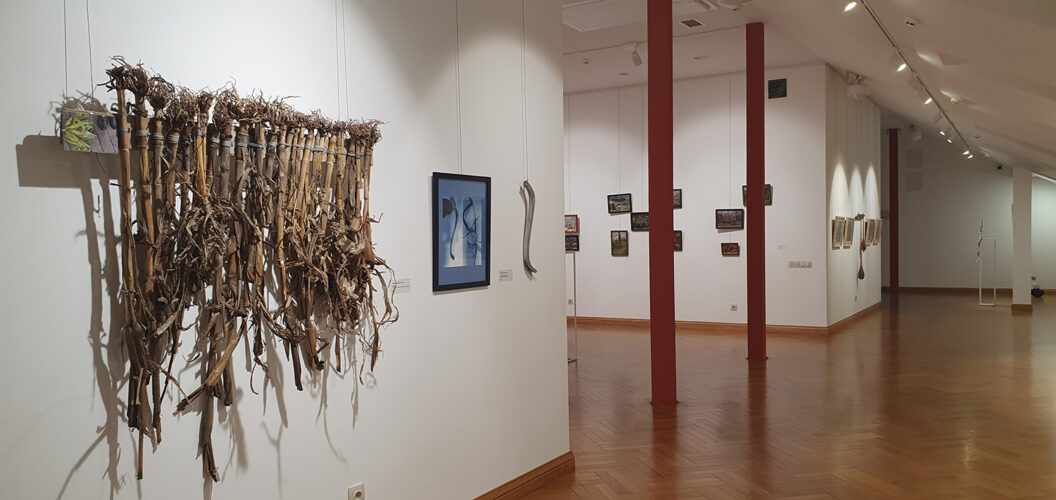
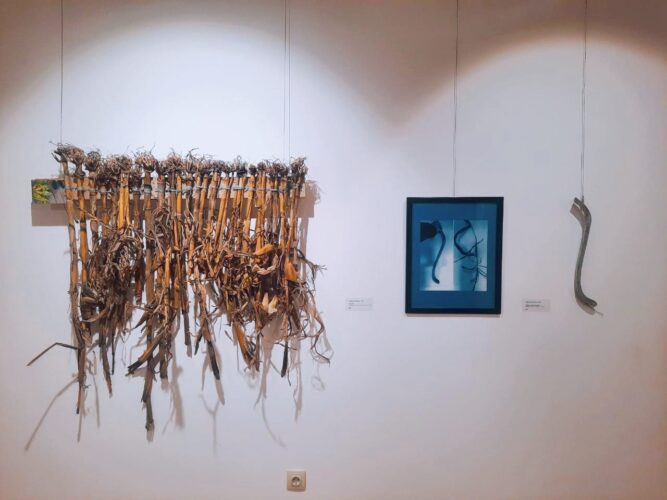
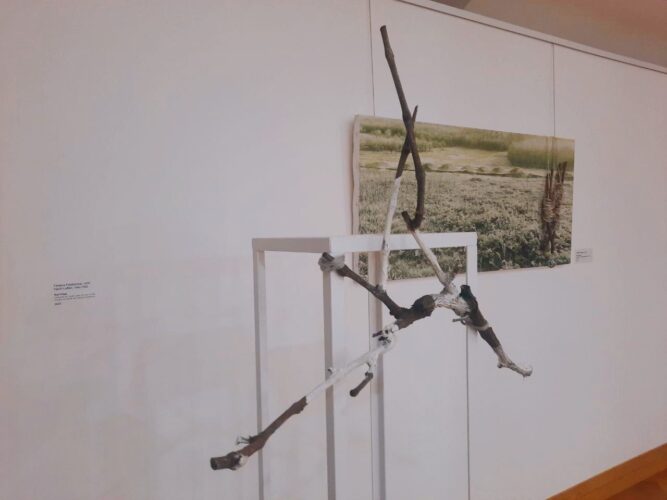
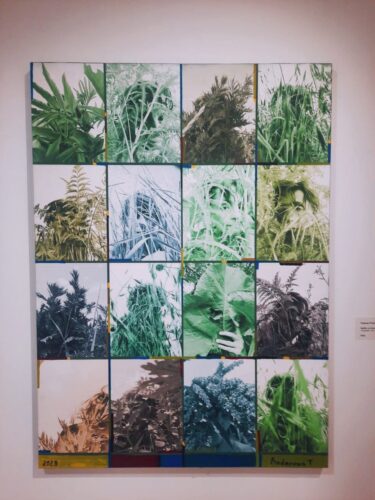
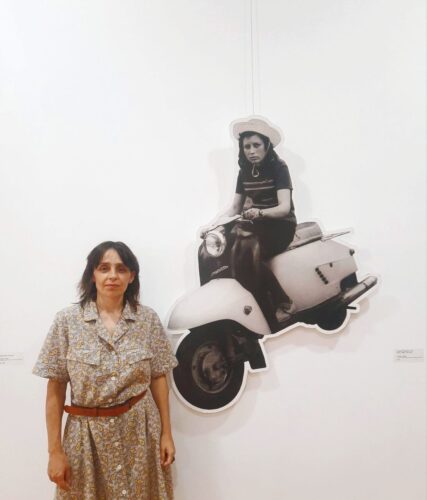
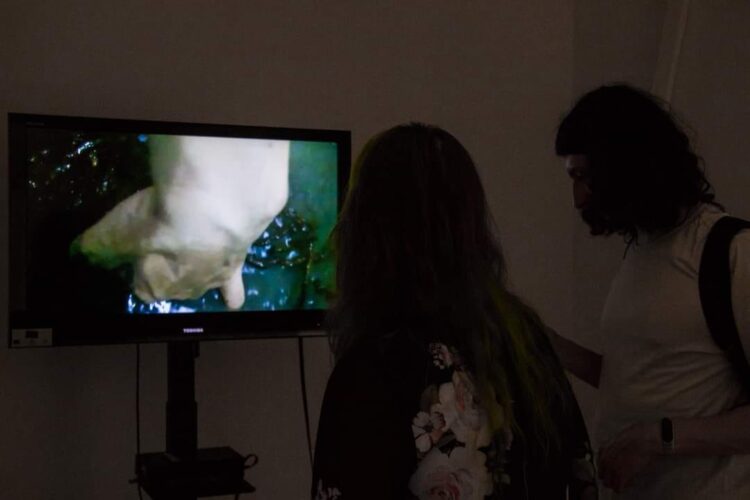
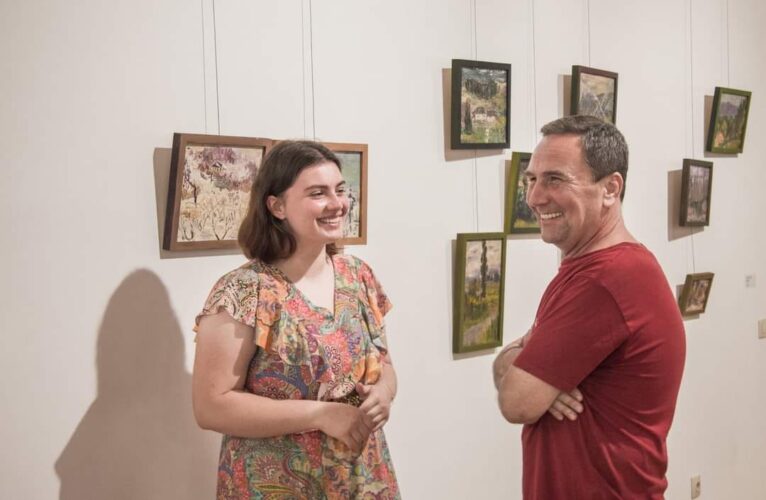
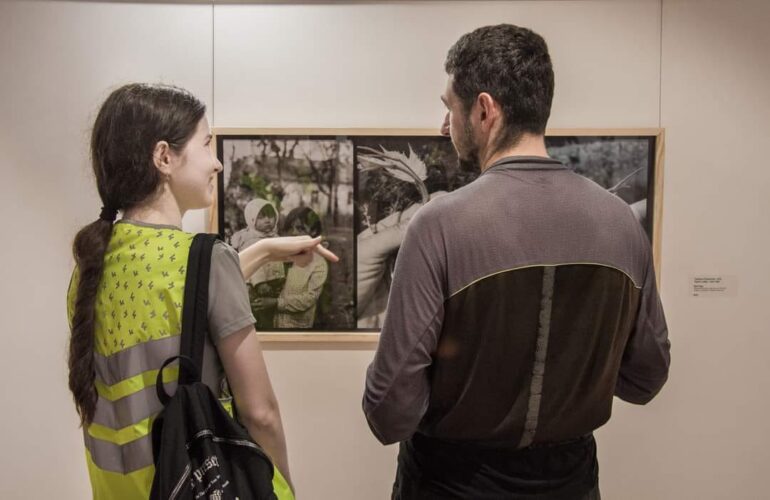
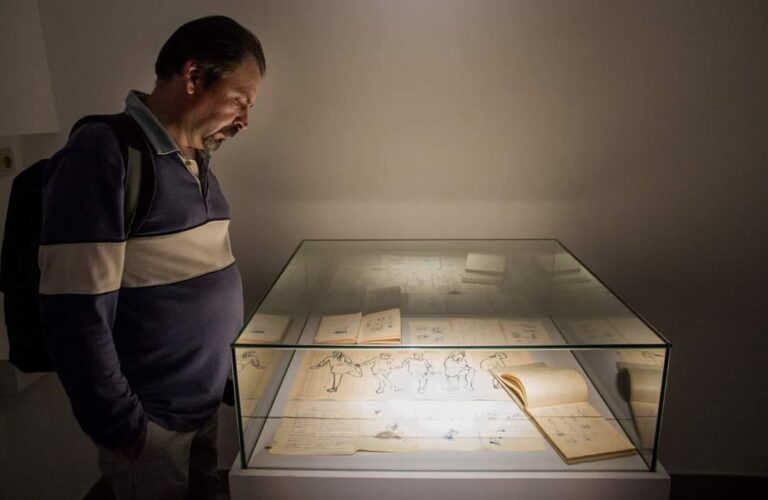
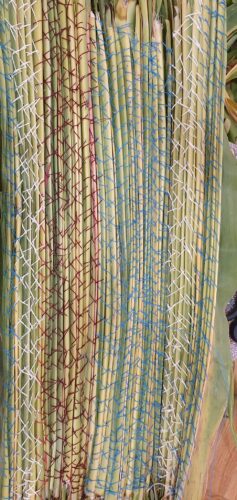

Comments are closed here.